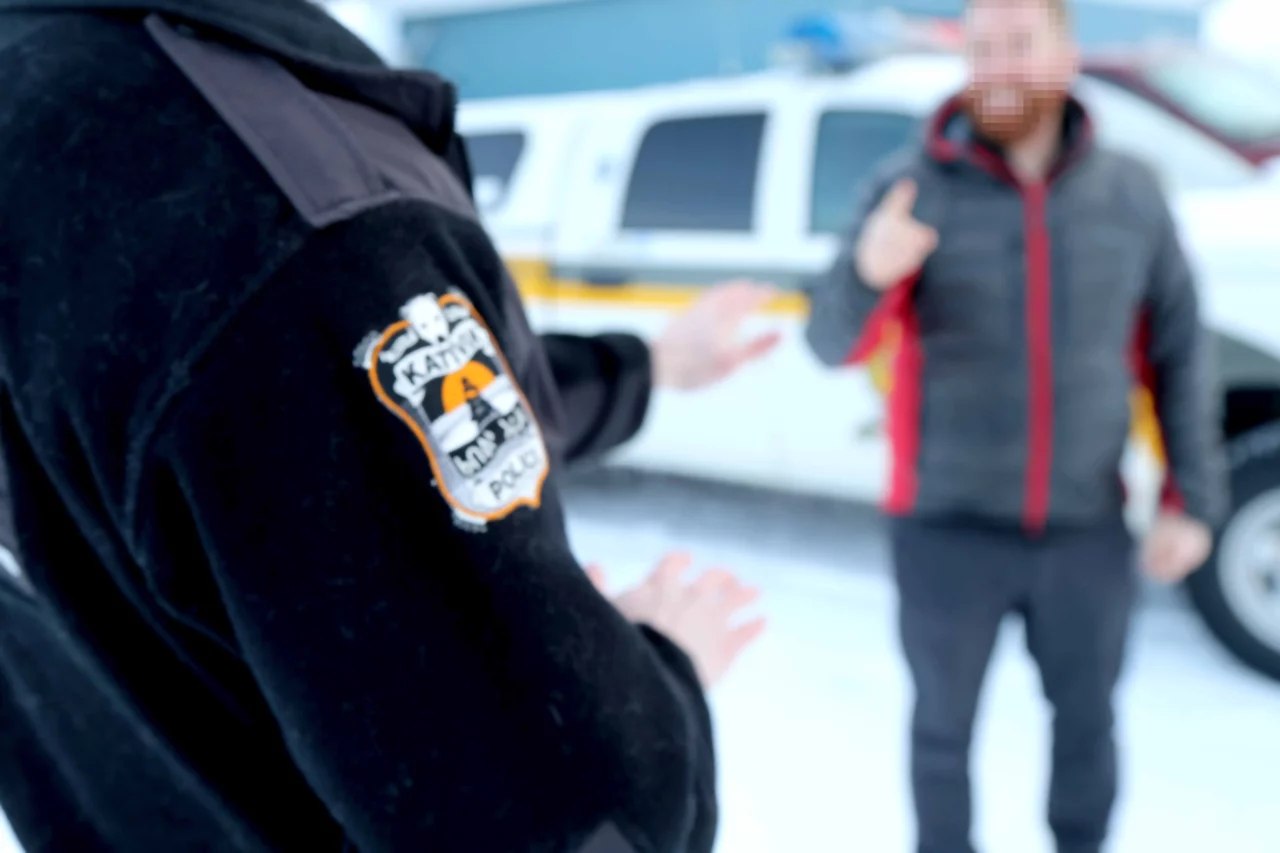The use of force by police officers

The use of force consists for a police officer to evaluate a situation and intervene to ensure the safety of the public and its own safety.
The use of force by all officers in Québec is strictly supervised by the Québec Ministry of Public Security. All officers must qualify in that field during training at the police academy prior to serve as an officer. Furthermore, all police agency must have strict policies and supervision on the use of force, and must evaluate and report to the ministry of public security each time it’s used.
The use of force is part of a series of techniques which present guidelines as to the degree of force appropriate in a given situation. There are five main ways police officers will use force.
As you can see, the action of an officer depends of the reaction of the suspect:
In the table and the images above, we see that there are five levels of reactions when the subject interacts with the police officer.
The evaluation of the situation
In their training the officers are also instructed that:
- The main responsibility of the officer is to preserve and protect life;
- The main goal of all use of force is to ensure the security of the public;
- The safety of the officer is essential to public safety.
Therefore, the evaluation of the situation relies on at least six aspects:
- The environment (lighting, weather, location, etc.);
- The number of people involved;
- The perceived subject's abilities (strength, his he drunk or on drugs, does he have a weapon, etc.);
- Knowledge of the individual;
- Time and distance (urgency to act);
- Threat level.
Consult the official document of the National Use of Force Model for additional information.